Asymmetric Organocatalysis —— From Biomimetic Concepts to Applications in Asymmetric Synthesis
----- 不对称合成的不含金属催化
Preface. Foreword. 1 Introduction: Organocatalysis - From Biomimetic Concepts to Powerful Methods for Asymmetric Synthesis. 2 On the Structure of the Book, and a Few General Mechanistic Considerations. 2.1 The Structure of the Book. 2.2 General Mechanistic Considerations. 3 Nucleophilic Substitution at Aliphatic Carbon. 3.1 alpha-Alkylation of Cyclic Ketones and Related Compounds. 3.2 alpha-Alkylation of a-Amino Acid Derivatives. 3.3 alpha-Alkylation of Other Acyclic Substrates. 3.4 Fluorination, Chlorination, and Bromination Reactions. 4 Nucleophilic Addition to Electron-deficient C=C Double Bonds. 4.1 Intermolecular Michael Addition. 4.2 Intramolecular Michael Addition. 5 Nucleophilic Addition to C=N Double Bonds. 5.1 Hydrocyanation of Imines (Strecker Reaction). 5.2 The Mannich Reaction. 5.3 beta-Lactam Synthesis. 5.4 Sulfur Ylide-based Aziridination of Imines. 5.5 Hydrophosphonylation of Imines. 6 Nucleophilic Addition to C=O Double Bonds. 6.1 Hydrocyanation. 6.2 Aldol Reactions. 6.3 beta-Lactone Synthesis via Ketene Addition. 6.4 The Morita-Baylis-Hillman Reaction. 6.5 Allylation Reactions. 6.6 Alkylation of CbO Double Bonds. 6.7 The Darzens Reaction. 6.8 Sulfur Ylide-based Epoxidation of Aldehydes. 6.9 The Benzoin Condensation and the Stetter Reaction. 6.10 Hydrophosphonylation of C=O Double Bonds. 7 Nucleophilic Addition to Unsaturated Nitrogen. 7.1 Nucleophilic Addition to N=N Double Bonds. 7.2 Nucleophilic Addition to N=O Double Bonds. 8 Cycloaddition Reactions. 8.1 [4 + 2]-Cycloadditions - Diels-Alder Reactions. 8.2 [3 + 2]-Cycloadditions: Nitrone- and Electron-deficient Olefin-based Reactions. 9 Protonation of Enolates and Tautomerization of Enols. 9.1 Enantioselective Protonation of Enolates formed in situ from Enolate Precursors. 9.2 Enantioselective Tautomerization of Enols Generated in situ. 9.3 Enantioselective Protonation of Enolates Generated in situ from Conjugated Unsaturated Carboxylates. 10 Oxidation. 10.1 Epoxidation of Olefins. 10.2 Epoxidation of Enones and Enoates. 10.3 Sulfoxidation of Thioethers. 10.4 Oxidation of Alcohols. 11 Reduction of Carbonyl Compounds. 11.1 Borane Reduction Catalyzed by Oxazaborolidines and Phosphorus-based Catalysts. 11.2 Borohydride and Hydrosilane Reduction in the Presence of Phasetransfer Catalysts. 11.3 Reduction with Hydrosilanes in the Presence of Chiral Nucleophilic Activators. 12 Kinetic Resolution of Racemic Alcohols and Amines. 12.1 Acylation Reactions. 12.2 Redox Reactions. 13 Desymmetrization and Kinetic Resolution of Anhydrides Desymmetrization of meso-Epoxides and other Prochiral Substrates. 13.1 Desymmetrization and Kinetic Resolution of Cyclic Anhydrides. 13.2 Additions to Prochiral Ketenes. 13.3 Desymmetrization of meso-Diols. 13.4 Desymmetrization of meso-Epoxides. 13.5 The Horner-Wadsworth-Emmons Reaction. 13.6 Rearrangement of O-Acyl Azlactones, O-Acyl Oxindoles, and O-Acyl Benzofuranones. 14 Large-scale Applications of Organocatalysis. 14.1 Introduction. 14.2 Organocatalysis for Large-scale Applications: Some General Aspects and Considerations. 14.3 Large-scale Organocatalytic Reaction Processes (Selected Case Studies). Appendix: Tabular Survey of Selected Organocatalysts: Reaction Scope and Availability. I. Primary and Secondary Amine Catalysts. II. Tertiary Amine and Pyridine Catalysts. III. Phosphanes. IV. Phosphoramidites, Phosphoramides and Formamides. V. Ureas, Thioureas, Guanidines, Amidines. VI. Ketones. VII. Imines, Iminium Cations and Oxazolines. VIII. Diols. IX. Sulfides. X. N-Oxides and Nitroxyl Radicals. XI. Heterocyclic Carbenes (Carbene Precursors). XII. Peptides. XIII. Phase Transfer Catalysts. Index.
{{comment.content}}
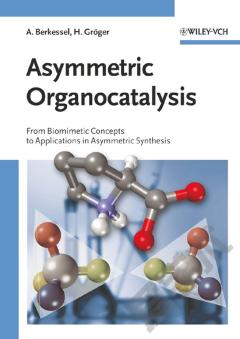
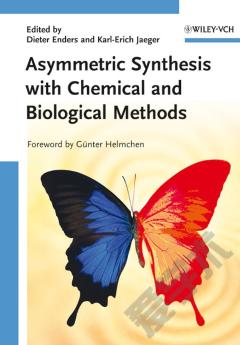

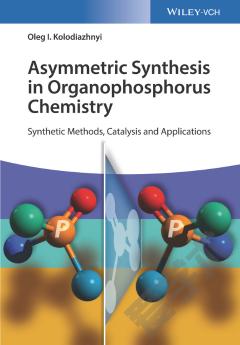
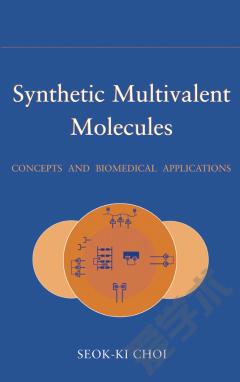
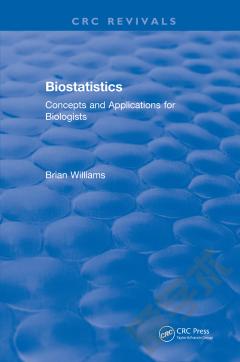


 京公网安备 11010802027623号
京公网安备 11010802027623号